Market Analysis
Traffic Sensor Market (Global, 2024)
Introduction
As a result of the increasing urbanization and technological progress, the traffic sensors market is expected to grow significantly. Demand for traffic sensors with high functionality will increase. These sensors play a key role in obtaining real-time data on vehicle flow, congestion and environment. City planners and traffic managers can thus make well-founded decisions. The integration of IoT technology and artificial intelligence in traffic management systems increases the functionality of these sensors, resulting in smarter and more responsive traffic management solutions. In the search for mobility and congestion reduction, the traffic sensors market is becoming an indispensable part of modern urban planning and smart city initiatives.
PESTLE Analysis
- Political
- In 2024, government projects for improving urban mobility and reducing traffic congestion are the main impetus for the spread of the use of traffic sensors. For example, the United States Department of Transportation has allocated $1.5 billion for smart cities, including the installation of advanced traffic management systems. Also, countries are adopting stricter regulations for reducing emissions, which indirectly promotes the use of sensors to optimize traffic flow and reduce the length of times vehicles remain idling.
- Economic
- In 2024 the economic scene is characterized by a high level of investment in construction. An estimated $200 billion is to be spent on improving transportation in the United States alone. This will lead to a greater deployment of sensors, as cities seek to make better use of technology to optimize their traffic management. In addition, the global market for smart transportation solutions is expected to reach $100 billion, which means a favorable business environment for traffic sensors and services.
- Social
- Awareness of the dangers of traffic and the environment is growing, and a recent survey shows that 78% of city dwellers are in favor of smart solutions to reduce congestion and improve air quality. Consequently, local authorities are increasingly deploying traffic sensors as part of their urban planning strategies. In fact, the integration of traffic sensors with public transport systems is gaining ground, with 65% of commuters expressing a preference for real-time traffic information to enhance their travel experience.
- Technological
- Artificial intelligence and IoT are rapidly transforming the traffic sensors market. In 2024, over 50% of new sensors are expected to have machine learning and IoT capabilities to enable them to analyze traffic in real time. The market for IoT devices in transportation is expected to reach $31 billion by 2023, indicating a growing reliance on technology to enhance the functioning of traffic management systems.
- Legal
- In 2024, the privacy regulations of various states and provinces were to impose restrictions on the use of sensors in traffic. For example, the Californian Consumer Privacy Act of that year required businesses to inform people about the way they collect and use their personal data, which would have affected the way the data from the traffic sensors was handled. The regulations were to be observed strictly, because of the fines that could be imposed for noncompliance, which would have induced companies to adopt more transparent data-handling practices.
- Environmental
- Environmental considerations are increasingly influencing the traffic-related sensors market. Urban air pollution is estimated at 40 percent. In order to monitor and reduce the emissions, cities are investing in traffic sensors. In Europe, for example, the goal of reducing greenhouse gas emissions by 55 percent by 2030 is driving the implementation of smart traffic management systems that use sensors to optimize traffic flow and minimize the environment.
Porter's Five Forces
- Threat of New Entrants
- The Traffic Detection Market in 2024 will have a moderate threat of new entrants. The initial capital investment and technological know-how to develop advanced traffic sensors are high. The market is growing because of the growing demand for smart city solutions and traffic management systems. However, the presence of established players with a strong brand and distribution network will be a barrier to entry for new players. However, with the advancement of technology and the reduction in costs, the barrier to entry will be lowered over time.
- Bargaining Power of Suppliers
- The bargaining power of suppliers in the market for traffic sensors is relatively low. There are many different components, such as sensors, software, and hardware, that can be derived from different suppliers. The abundance of these components allows manufacturers to negotiate good terms. Furthermore, the increasing number of suppliers weakens the power of individual suppliers and makes it easier for companies to change suppliers if necessary.
- Bargaining Power of Buyers
- In 2024, the bargaining power of buyers in the traffic sensors market will be high. Various types of sensors and their technology will be available, and it will be easy to compare products and prices. Moreover, as local governments and private companies increasingly seek cost-effective solutions for managing traffic, they will be able to use their combined buying power to obtain better terms. This trend will be reinforced by the growing emphasis on data-driven decision-making, which will lead buyers to demand high-quality, reliable products.
- Threat of Substitutes
- The threat of substitutes in the traffic-light market is moderate. Although the old traffic-control methods, such as manual observation and simple traffic lights, are still in use, the transition to smart technology and big data is putting a greater demand on traffic sensors. Nevertheless, the alternative solutions, such as mobile applications and crowd-based data, may also be used as substitutes, and this may affect the market. In addition, innovations in traffic-management solutions will continue to influence the market.
- Competitive Rivalry
- Competition is fierce in the traffic-light market in 2024. There is a growing number of players in the market, both well-established companies and newcomers, all competing for a share of the market. This fierce competition is the result of rapid technological developments and the growing demand for smart traffic solutions. Companies are investing heavily in R&D to develop new products, which leads to a lot of innovation and price competition, which further intensifies competition.
SWOT Analysis
Strengths
- Increasing demand for smart city initiatives driving market growth.
- Technological advancements in sensor accuracy and data analytics.
- Government investments in infrastructure and traffic management systems.
Weaknesses
- High initial costs of installation and maintenance.
- Dependence on technology which may lead to system failures.
- Limited awareness and understanding of benefits among potential users.
Opportunities
- Expansion of IoT and connected devices creating new market segments.
- Growing focus on environmental sustainability and traffic reduction.
- Potential for integration with autonomous vehicle technologies.
Threats
- Rapid technological changes leading to obsolescence.
- Intense competition from alternative traffic management solutions.
- Regulatory challenges and data privacy concerns affecting deployment.
Summary
In 2024, the global traffic sensors market is set to grow driven by smart city initiatives and technological advancements. However, challenges such as high costs and reliability must be overcome. Opportunities lie in the Internet of Things and the green economy. Threats are competition and regulations. Strategically, innovation and user education are key for market players to seize emerging opportunities.
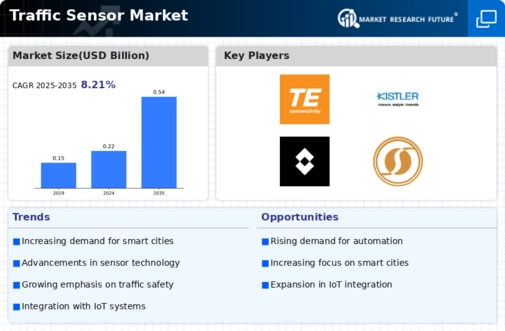
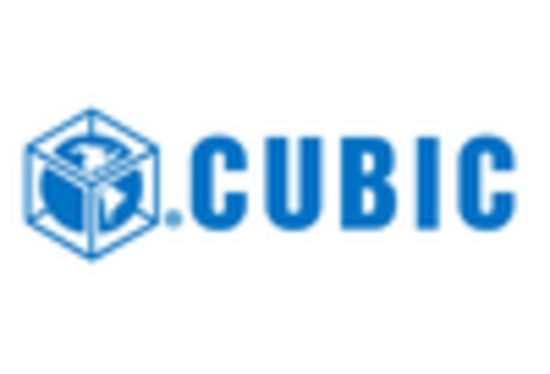
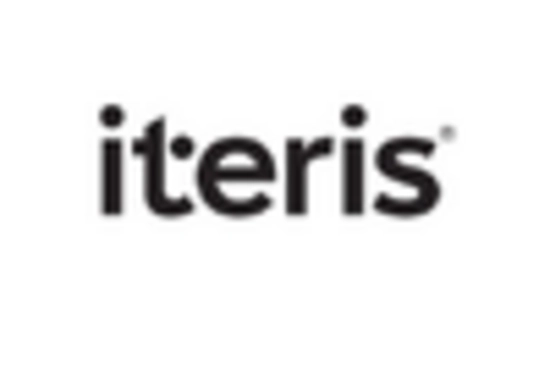
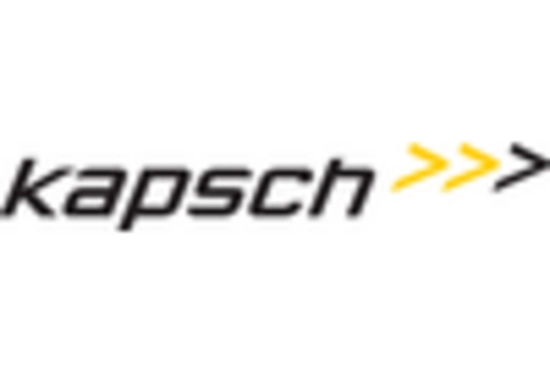
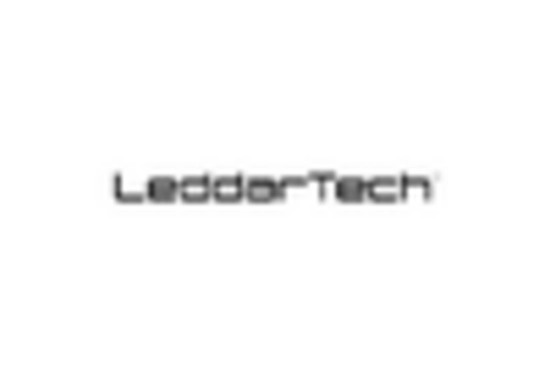

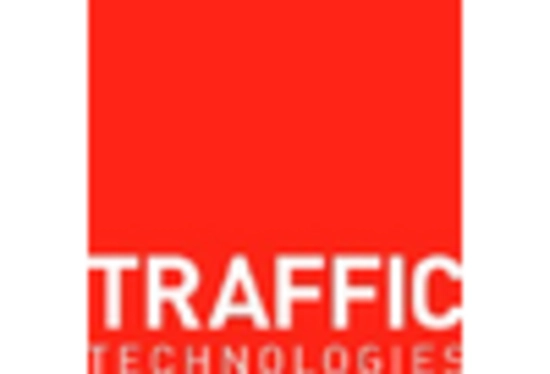









Leave a Comment